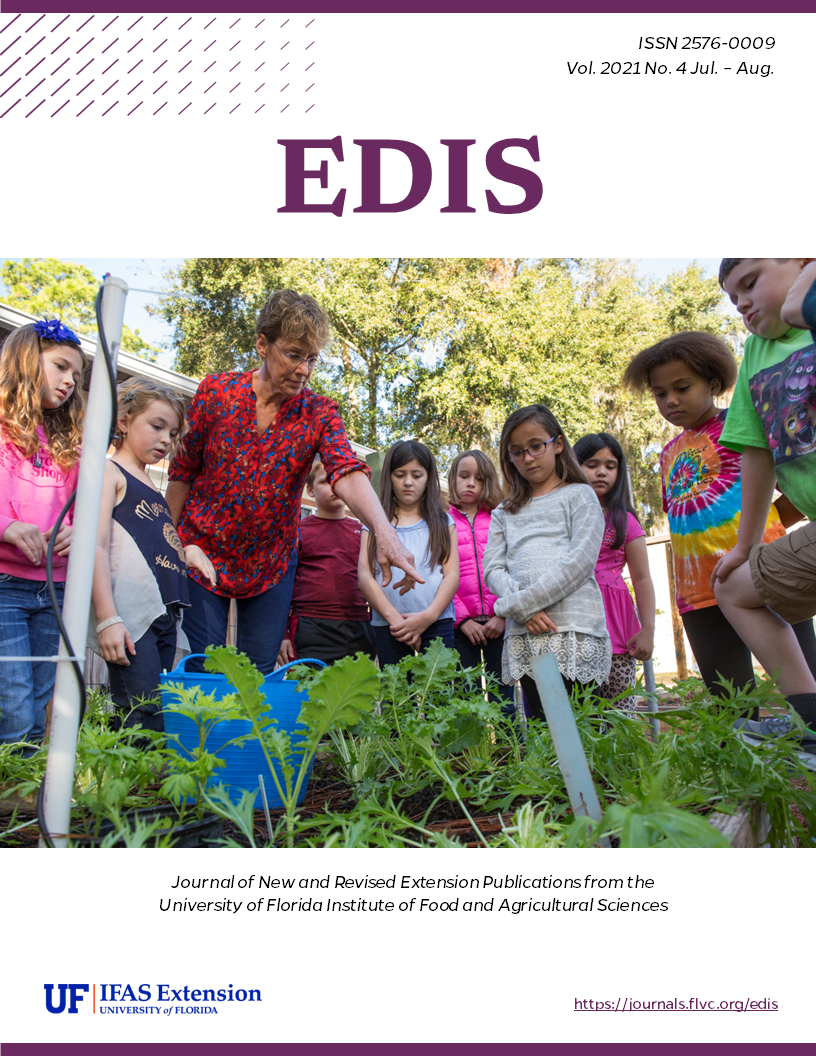Abstract
Benghal dayflower is listed among the world’s worst weeds, affecting over 25 crops in 29 countries (Holm et al., 1977). Benghal dayflower has many characteristics that make it a very troublesome weed in Florida landscapes, nurseries and other agricultural production areas. It was first recorded in Florida in 1928 and was designated as a legally noxious weed by the U.S Department of Agriculture in 1983 (Faden, 1993). Due to its status as a legally noxious weed, presence of benghal dayflower on nursery property can lead to quarantines, so identification and management is critical for nurseries. This 5-page article is written for green industry professionals and others to aid in the identification and management of benghal dayflower in and around ornamental plants. Major revision by Yuvraj Khamare, Chris Marble, and Robert Stamps, and published by the UF/IFAS Environmental Horticulture Department.
Previous version:
Stamps, Robert. 2011. “Prevention, Early Detection, and Eradication of Benghal Dayflower in Field Nurseries”. EDIS 2011 (5/6). https://journals.flvc.org/edis/article/view/119299.

